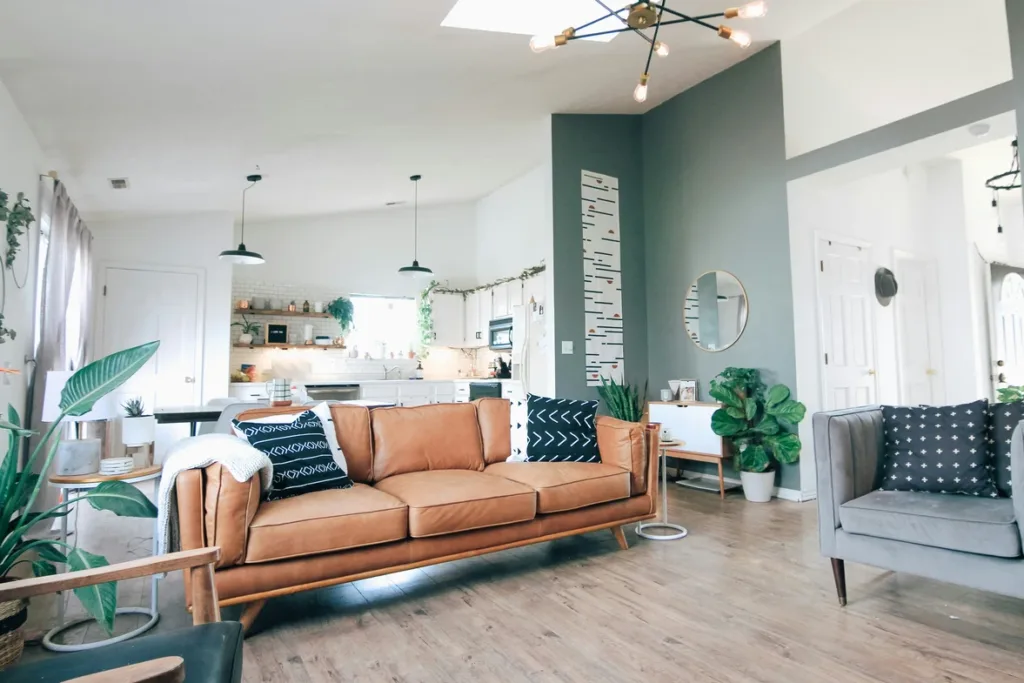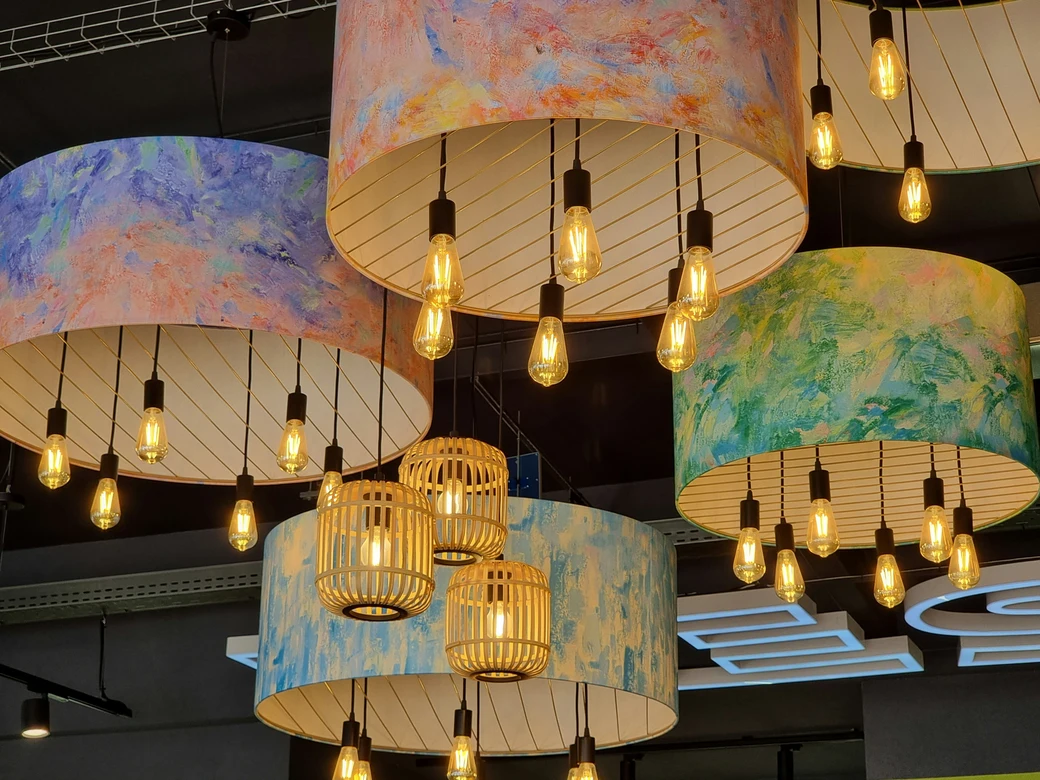When it comes to home design, nothing captures your vision quite like room inspiration boards. Whether you’re planning a bedroom makeover, organizing moodboards for clients, or showcasing color and texture combinations, these boards are a cornerstone of modern interior design presentation.
But how you display them on your blog or website matters. A well-organized room inspiration board can guide readers, evoke emotion, and drive action—while a cluttered layout can overwhelm and confuse.
In this guide, we’ll explore 7 creative design ideas to feature room inspiration boards in a way that’s clean, stylish, and perfectly aligned with your interior content strategy.

Why Use Room Inspiration Boards?
Before diving into the layouts, let’s talk about why room inspiration boards work so well for design-focused blogs.
- Visual storytelling: They communicate a concept better than words alone.
- Client direction: If you offer services, they set expectations and inspire collaboration.
- Traffic magnets: Pinterest loves them. Readers save and revisit these often.
- SEO opportunity: Each board can target niche styles, palettes, or decor ideas.
Whether you’re DIYing your first space or are a seasoned designer, room inspiration boards help turn ideas into visual plans.
1. Grid-Based Color Block Layouts
One of the cleanest ways to display room inspiration boards is by building a simple grid using color blocks and material textures. Each square or rectangle can represent a core element:
- Wall color swatch
- Rug texture
- Throw pillow fabric
- Lighting fixture
- Furniture silhouette
Arrange them in a 2×3 or 3×3 layout to keep it symmetrical and appealing.
Pro tip: Add subtle labels under each item so readers understand the material or color name—this is great for affiliate linking too.
This method to showcase room inspiration boards works well in minimalist blogs or product-focused posts.
2. Moodboard with Overlapping Layers
To give your room inspiration boards a more editorial feel, use overlapping elements—like cutouts, transparent shapes, and shadowed images.
What to include:
- Handwritten-style labels
- Tape or washi elements for a scrapbook vibe
- Semi-transparent backgrounds for fabric swatches
- A hero item (e.g., armchair, pendant light) as the anchor piece
Tools like Canva, Figma, or Photoshop make it easy to drag, layer, and stylize your components. This approach feels personal and creative, making it perfect for bedroom or nursery design boards.
Got more than one room inspiration board to show? Use a slider or carousel to present them in categories:
- “Scandinavian Living Room”
- “Boho Bedroom”
- “Industrial Kitchen”
- “Coastal Office”
Each slide can feature a full room inspiration board with coordinating color swatches and a short theme description.
This is one of the most engaging ways to organize content if you write posts like “10 Living Room Styles to Try” or “Which Interior Mood Matches Your Vibe?”
On WordPress, sliders from Elementor, Smart Slider, or MetaSlider work beautifully.
4. Interactive Hover Boards
Want a digital edge? Create room inspiration boards where each element reveals more information on hover.
Examples:
- Hover over a lamp → See price and shop link
- Hover over a fabric → See room matches or similar textures
- Hover over a wall color → See HEX code or brand
This UX-driven format is ideal for design bloggers who monetize through affiliate links or want to add interactivity to their blog posts.
Tip: Use WordPress tools like WPBakery or Kadence Blocks to integrate hover effects without code.
5. Side-by-Side Before & After Boards
For bloggers showcasing redesigns or transformations, room inspiration boards can be paired with real-life “after” shots.
Layout idea:
- Left: Moodboard with labeled design intent
- Right: Finished space photo with similar elements
This creates instant credibility. Readers can literally see how your visual plan became reality—and it builds trust in your design sensibility.
Use it for kitchen makeovers, DIY remodels, or even dorm-to-home office transitions.
6. Pinterest-Optimized Long Boards
Pinterest favors vertical images. If you want your room inspiration boards to gain traction there, stack your elements in a single tall column:
- Header: Room style or theme
- Middle: Color palette and textures
- Bottom: Key furniture picks and accessories
Add clear, serif-font text and a branded watermark. These room inspiration boards are highly shareable and bring sustained traffic back to your site.
You can even create templates in Canva Pro and reuse them across blog posts.
7. Use a Lightbox Grid to Expand Items
If you want readers to dive deep into your room inspiration boards, use a clickable lightbox gallery.
Each image or swatch in your board opens in full size with optional:
- Descriptions
- Brand names
- Shop links
- Matching photos from completed rooms
It’s an elegant way to keep your blog layout minimal while still offering rich, organized detail to curious readers.
This style works especially well when showing off moodboards for home staging, seasonal decorating, or luxury design curation.
Extra Tips for Creating Effective Room Inspiration Boards
Want your boards to do more than just look pretty? Here’s how to make them practical and brand-friendly:
- Maintain a consistent image style: Choose similar lighting, shadows, and angles.
- Limit your color palette: Too many colors confuse the message.
- Include your logo or watermark: This ensures branding across platforms.
- Use real product links: Great for affiliate earnings and reader utility.
- Add context: Don’t just dump images—include short captions or microcopy.
Remember: room inspiration boards should serve a purpose, not just take up space.
Final Thoughts
Whether you’re a home decor blogger, an interior stylist, or a DIY enthusiast, room inspiration boards are one of the most effective tools you have for visual storytelling.
From minimalist color grids to interactive hover layouts, these 7 creative ideas help your boards stand out—and keep readers engaged.
Start with the format that matches your design tone, experiment with tools like Canva or Elementor, and don’t forget to brand and optimize each board for shareability and SEO.
Looking for more design-forward ideas for your home blog? Explore our full collection in the Living Spaces category.







